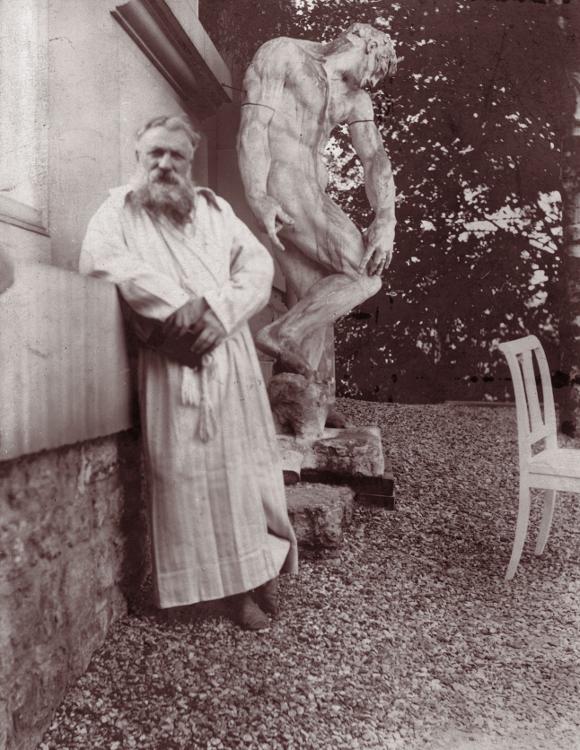Auguste Rodin was born on 12 November 1840 in Paris and is considered one of the most important sculptors in history, often acknowledged as the father of modern sculpture. His work has influenced countless artists and the art scene of the 20th century.
Artistic Course
His artistic path was not easy. Despite a slow start, Rodin managed to create a unique style that combined reality with expression. His sculpture came from his observation of human nature and emotions, seeking to capture life and movement in a way that was innovative for his time.
Emblematic Projects
Some of his best known works include:
- The Thinker (The Thinker): One of the most recognizable sculptures in the world, depicting a man in deep thought, symbolizing philosophy and humanity.
- The Gates of Hell (The Gates of Hell): A giant play based on Dante's "Divine Comedy", full of dramatic and powerful characters.
- The Woman's Head (The Burghers of Calais): A sculpture depicting the sacrifice of six men during the Hundred Years' War, capturing human anguish and heroism.
Influence and Legacy
Rodin's approach to sculpture, which included the use of clay and carving, changed the perception of sculptural art. He introduced the new idea that sculpture should not just be a representation of the natural world, but an expression of emotions and ideas.
Rodin died in 1917, but his legacy lives on through his works and the influence he left on the art world. Today, he is considered one of the greatest names in sculpture and his work remains an inspiration to artists around the world.



